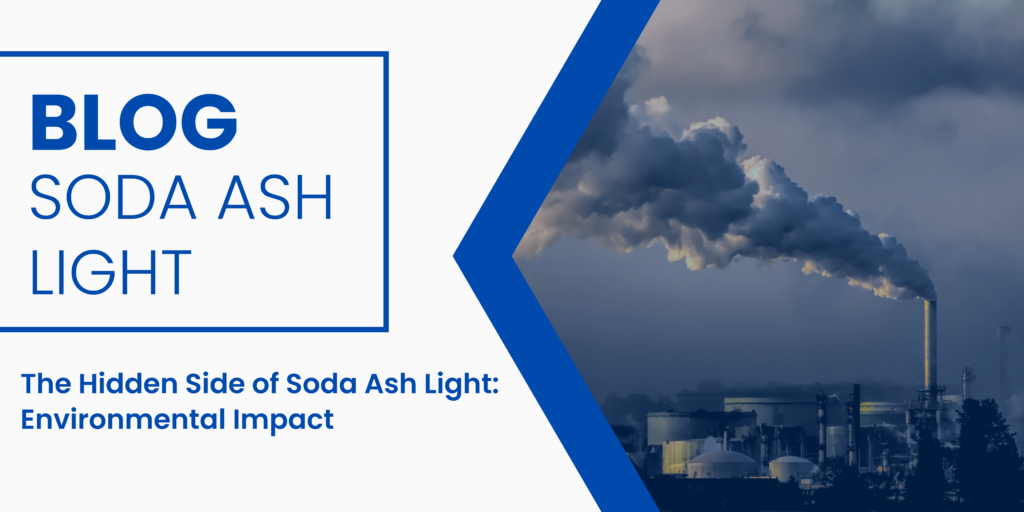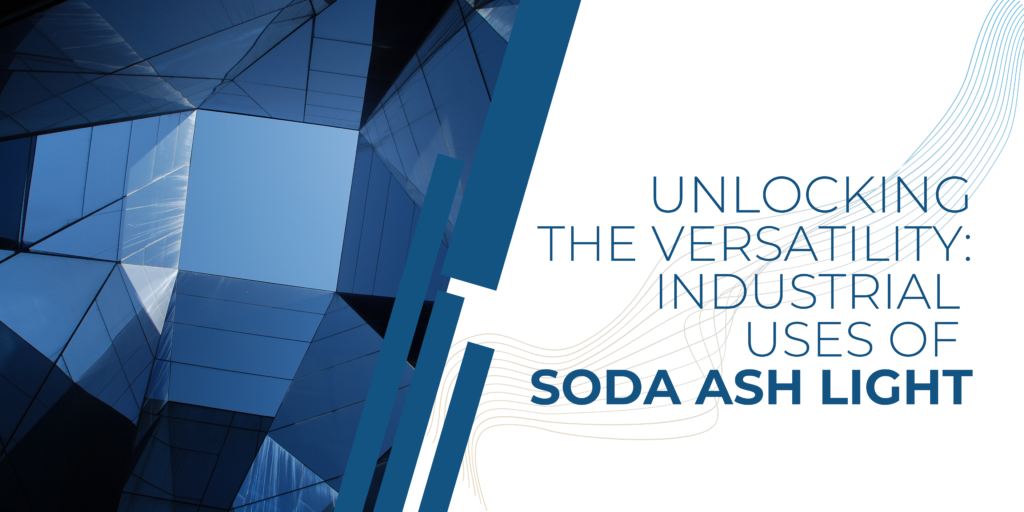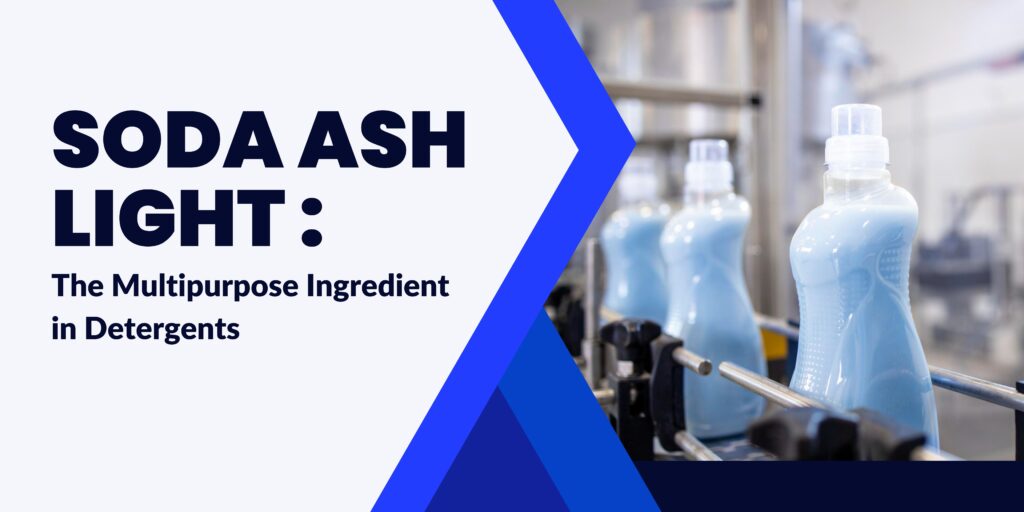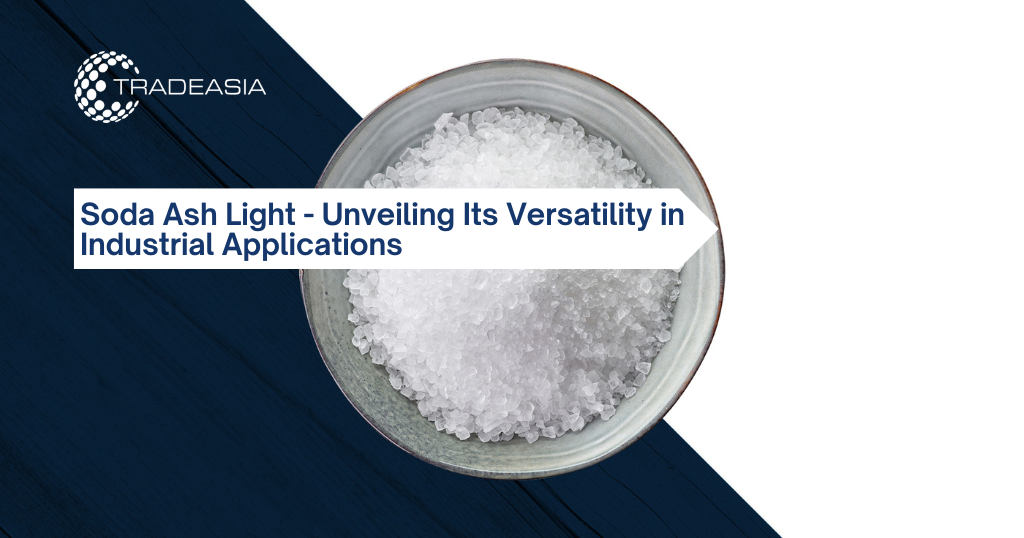
Sodium carbonate, also known as soda ash light, is a versatile chemical substance utilized in a variety of industries including the production of glass, paper, and water treatment. Because of its extensive use, it is critical to comprehend the environmental effect of its manufacture. By examining the environmental implications of soda ash light production, we can work towards more sustainable alternatives and practices.
Overview of Soda Ash Light Production Process
The Solvay process is the most common method employed for soda ash light production. It involves the chemical reaction between sodium chloride (salt) and limestone (calcium carbonate) in large-scale production facilities. The process requires substantial amounts of energy, typically derived from fossil fuels. As a result, carbon dioxide emissions are inevitable during the production stage. Additionally, the Solvay process generates waste products, such as calcium chloride, which present challenges for proper disposal.
Air Pollution
The production of soda ash light contributes significantly to air pollution by emitting greenhouse gases such as carbon dioxide (CO2). The impact of these emissions on climate change and the current global warming crisis is significant. Furthermore, pollutants that have an adverse effect on air and health are emitted in the production process, such as nitrogen oxides (NOx) and sulphur dioxide (SO2). These pollutants can contribute to the development of smog and can also induce respiratory and cardiovascular conditions.Water Pollution
Water pollution is another significant concern associated with soda ash light production. The Solvay process is capable of producing large volumes of wastewater and brine, which are typically discharged into nearby water bodies. Such discharges can lead to contaminated water sources, which may have an effect on ecosystems and biodiversity. Furthermore, improper treatment of wastewater may lead to the presence of pollutants in groundwater that will also affect water quality.
Energy Consumption and Resource Depletion
The production of soda ash light demands substantial energy input, mainly derived from fossil fuels. This reliance on non-renewable energy sources not only contributes to carbon emissions but also perpetuates the depletion of these finite resources. Additionally, the Solvay process relies heavily on the availability of limestone and salt, which are non-renewable natural resources. The extraction and processing of these materials can have detrimental ecological impacts, including habitat destruction and land degradation.Waste Generation and Disposal
Soda ash light production generates solid waste, notably calcium chloride, as a byproduct. Calcium chloride is often disposed of in landfills, posing challenges for waste management and potential environmental hazards. The accumulation of waste materials can contaminate soil and water sources, leading to long-term ecological consequences. Proper waste disposal practices, including recycling and waste minimization strategies, need to be implemented to mitigate these environmental impacts.
Environmental Regulations and Sustainability Efforts
Various regulations and standards are in place to regulate the environmental impact of soda ash light production. These regulations aim to reduce emissions, promote sustainable practices, and encourage the responsible management of waste products. Additionally, industry initiatives and corporate responsibility play a crucial role in developing and implementing sustainable practices within the soda ash production sector. Efforts such as process optimization, carbon capture, and the development of greener technologies are underway to minimize environmental harm.Alternatives and Mitigating Strategies
To mitigate the environmental impact of soda ash light production, exploring cleaner production technologies and sustainable alternatives is crucial. Research and development efforts should focus on optimizing production processes, reducing energy consumption, and incorporating renewable energy sources. Additionally, recycling and waste minimization strategies can help minimize the generation of waste materials and their associated environmental risks. Investigating sustainable substitutes for soda ash light can also play a significant role in reducing the overall ecological footprint of industries reliant on this chemical compound.Case Studies and Success Stories
Numerous companies have taken proactive measures to reduce the environmental impact of soda ash light production. These businesses have produced beneficial environmental effects by implementing sustainable practices and using new technology. The adoption of carbon capture and storage technology, usage of renewable energy sources, and development of efficient waste management systems are some examples. These success examples show that long-term solutions are achievable and serve as encouragement for other sectors to follow suit.Conclusion
The environmental impact of soda ash light production is a pressing concern that requires immediate attention. By recognizing the consequences associated with its production, we can drive change toward more sustainable practices. Collaboration between businesses, authorities, and consumers is critical for raising awareness, enforcing legislation, and encouraging the use of environmentally friendly alternatives. We can reduce environmental damage, maintain natural resources, and protect our world for future generations if we work together.




